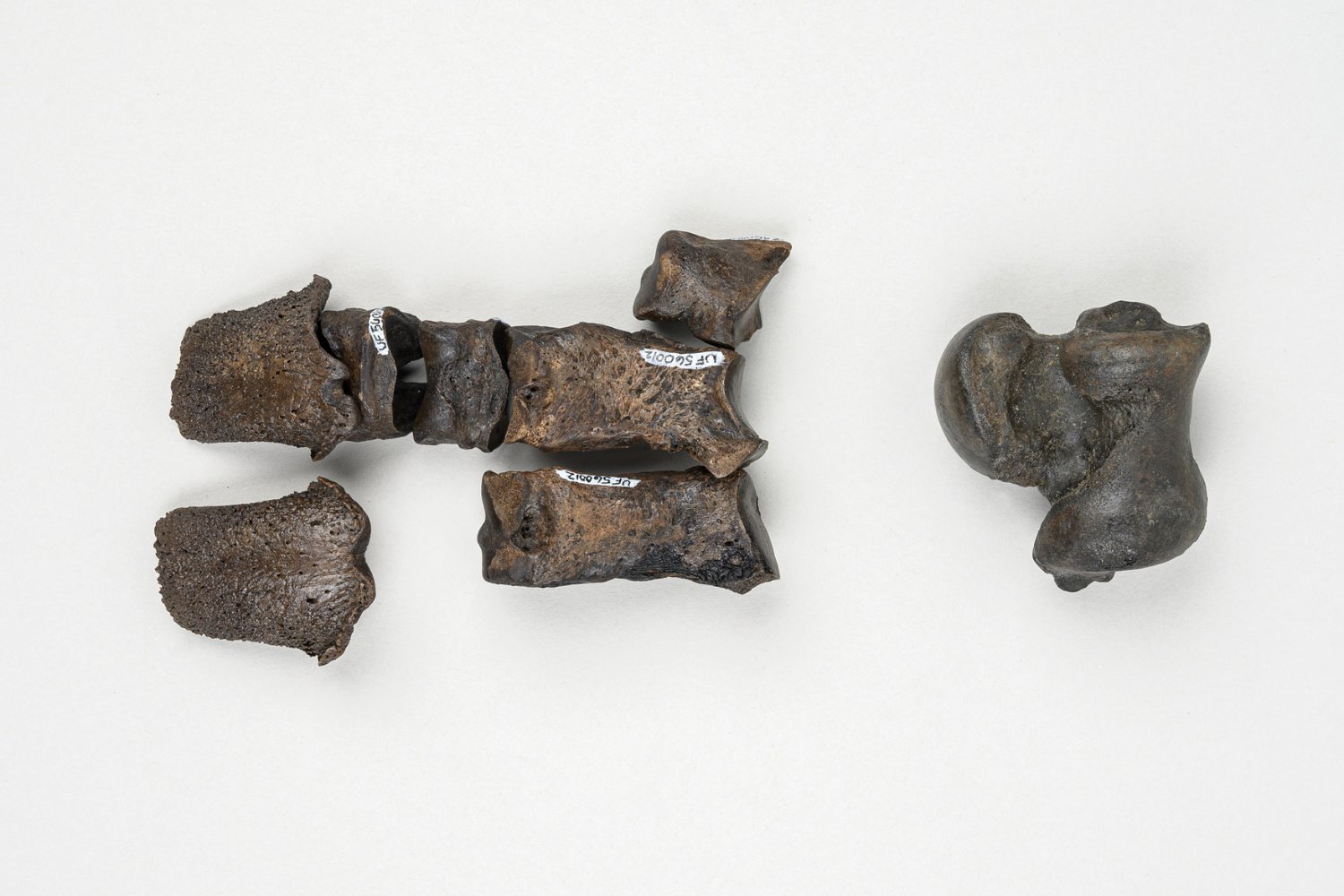As nations prosper, both men and women experience increases in height and weight. However, a new study reveals a striking disparity: men’s growth in these areas significantly outpaces women’s. This intriguing trend may be linked to modern sexual selection pressures and differing environmental sensitivities between the sexes.
A recent study published in Biology Letters examined height and weight data from over 135,600 non-obese adults across various countries, correlating these figures with national prosperity levels. The international research team, comprised of scientists from Italy, the U.S., and the U.K., discovered that while both sexes grow taller and heavier in wealthier nations, the increase in men is more than double that observed in women.
Sexual Selection and Environmental Sensitivity
This disparity in growth rates may be partially attributed to modern sexual preferences. The researchers hypothesize that women tend to favor taller and more muscular men as partners, while men’s preferences regarding women’s height might be less stringent. This selective pressure could contribute to the amplified growth observed in men as resource availability improves.
Furthermore, the study suggests that men’s physical characteristics, specifically height and weight, are more susceptible to environmental influences than women’s. This heightened sensitivity could explain why men experience more pronounced growth in favorable conditions. As the researchers note, “the development and maintenance of gross morphology is more sensitive to living conditions in men than in women, at least in terms of height and weight.”
Implications for Population Health
Biologist Bogusław Pawłowski of the University of Wrocław in Poland, who was not involved in the research, explained to CNN that this suggests “as (the) ecological or economical situation improves and there is better access to resources, males gain more biological benefits than females.” Conversely, when resources are scarce, “males ‘suffer’ more than females.”
While the study demonstrates a correlation between national prosperity and sexual size dimorphism, the researchers acknowledge that further investigation is needed to establish a definitive cause-and-effect relationship. Nonetheless, they propose that men’s height, and the difference in height between sexes, could serve as valuable biomarkers for assessing the overall health of populations.
Conclusion: A Marker of Societal Well-being?
This research highlights a fascinating interplay between societal wealth, human biology, and potentially, evolutionary pressures. While more research is needed to fully understand the mechanisms at play, the study’s findings suggest that men’s height and weight could be more than just individual characteristics – they may also reflect the overall well-being of a nation. The correlation between increased sexual size dimorphism and national prosperity offers a new lens through which to examine population health trends and the impact of environmental factors on human development. Further studies exploring these complex relationships could provide valuable insights into the evolving dynamics of human biology and societal progress.











